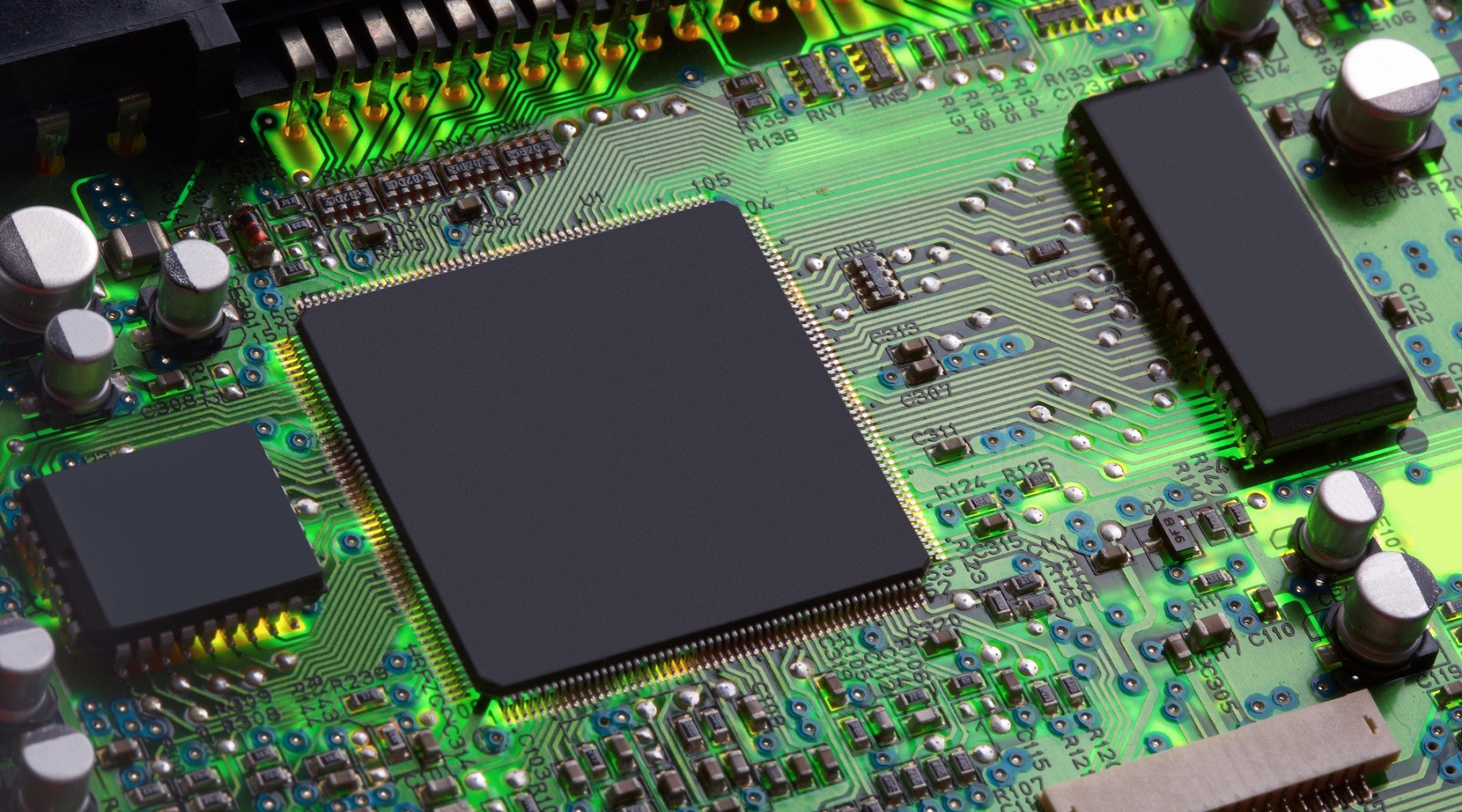
Bulldozer up to 50% faster than Thuban and i7 950? Doubtful - benchmarks or GTFO.īack to the original point, I'd really like to see what all this extra real estate on die is going to do for graphics, even if it's a strange idea to put what could end up being a 6600-class GPU with a 4C/8T monster. Then again, saying all that, AMD has been known for building up its products far too much in the past - Barcelona 40% faster than Clovertown? Hell no. One thing I found of interest is that AMD believes Trinity to be 50% faster at floating point calculations than Llano, which points squarely at the GPU and not the CPU, though you'd expect Enhanced Bulldozer to be equal to the CPU part of Llano at the very least, with the added bonus of turbo to lift up lightly threaded workloads. BD won't even have a GPU, and Trinity is only a dual-module design, leaving the FX models to be paired with a discrete card. (VLSI and silicon fabrication) Part 4: Current Trends and Future. Semi-conducting materials make the working of transistor possible. Transistors have revolutionized the electronic industries since they were first invented. It is a semiconductor device made of silicon, a chemical compound commonly found in sand.

Why couldn't they just throw in a tiny section to the die to handle that?ĪMD are doing it a different way. (schematics, transistors, logic gates, clocking) Part 3: Laying Out and Physically Building the Chip. Likewise, a computer contains billions of miniature cells known as transistors.

#Making a cpu transistor update
Update 2: This is why 1.16B and 995M are both correct for Sandy Bridge. I'm waiting on a response from Intel as to why the SNB number went up since launch. The gap between these numbers is only 20%, which is much more in line with what we'd expect from a tick. Intel is saying that SNB is 1.16B and Ivy is 1.4B. We’re betting that the physical toll of assembling this 4-bit discrete. Transistor counts are only comparable when they're done the same way. You’re going to want to do some stretching before undertaking a soldering project like this one. Update: Intel has provided us with updated numbers for both Ivy Bridge and Sandy Bridge. As you'll see in our Ivy Bridge architecture piece later today, the lion's share of those transistors are improvements in the GPU.

Why? Likely to avoid early disclosure of how much of the die is dedicated to the GPU. Intel is holding off on showing the die until closer to launch. A transistor is really simpleand really complex. That's presumably for the quad-core version compared to 1.16B in Sandy Bridge. Don't pay attention to the die shot above, that's not an accurate representation of Ivy Bridge. What does a transistor actually do Photo: A closer look at the 5401B. Intel's Mooly Eden just disclosed Ivy Bridge's transistor count to a captive audience at IDF this morning: 1.4 billion transistors.


 0 kommentar(er)
0 kommentar(er)
